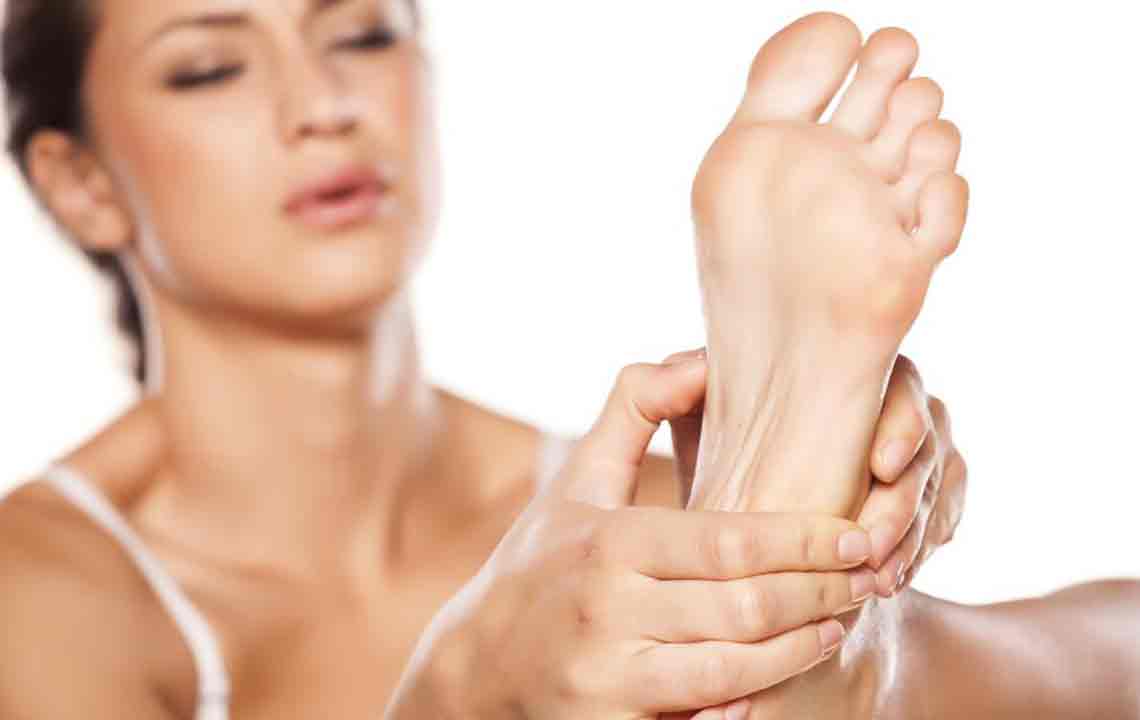Understanding Heel Pain Treatment and the Steps Involved

Heel pain is quite a common issue. Most people either feel a pain under their heel or right behind it.Sometimes, the pain can be so much that it hinders the movement of a person, but it is rarely a health threat. Most often, heel pain treatment is rather simple. However, this issue can become long-term or chronic and will need to treatment through more drastic steps.
Causes Of Heel Pain
The heel bone is the largest bone in our foot and withstands the entire weight of our bodies.
Most times, it is a mechanical cause, but some other times it can also be due to arthritis, neurological problem, infection, etc.
Types Of Heel Pain
There are several types of heel pain, some of which are down below.
Plantar Fasciitis: This is the most common type of heel pain, caused due to the swelling of a band of tissue running along the underside of your foot from your heel to your toes.
Heel Bursitis: This is a condition where the back of the heel suffers and inflammation, and it happens due to landing awkwardly or hard on the heels or pressure from footwear.
Heel Bumps: This is found commonly in teens where the heel bone hasn’t completely developed but is irritated and rubbed, generally with tight footwear. As a result, the heel forms painful bumps.
Heel Pain Treatment
There are several heel pain treatments for heel pain, some of which are mentioned here.
For Plantar Fasciitis
Most patients with Plantar Fasciitis recover with conservative treatments instead of operative or therapeutic measures.
Anti-Inflammatory Drugs: Most times, the drugs are given for this treatment are Non-steroidal (NSAIDs) which reduce the pain and also have fever-reducing (antipyretic) effects. This medication doesn’t contain steroids like other anti-inflammatory drugs and doesn’t induce stupor. They help deal with the pain and inflammation.
Corticosteroids: These are generally solutions applied on the skin of the heel, and an electric current helps in its absorption. Doctors also injected them into the heel, but multiple injections can lead to a weakened Plantar Fascia. This can result in rupture of the tissue. Make sure that your doctor is using ultrasound to ensure that he/she have injected the solution in the right place. This is the go-to solution when the NSAIDs don’t help.
Physiotherapy: A qualified physical therapist can teach you some exercises that help stretch and strengthen the plantar fascia, Achilles tendon, and the lower leg muscles. This helps increase the stability of the heel and ankle. You can also learn to apply athletic taping to give better support to your foot.
Night Splints: A splint is a strip of rigid material that helps in supporting and immobilizing a broken or weakened bone. You can fit a splint onto your calf and foot before you head to sleep. This stretches the plantar fascia and the Achilles tendon overnight, stretching them and helping you find relief from your heel pain.
Orthotics: Similar to night splints, orthotics, which are assistive devices, can be used to correct foot faults and help cushion and cradle the arch during healing.
Shock Wave Therapy: In this heel pain treatment, a professional focuses sound waves on your heels to improve the healing process. This treatment is generally advised for long-term or chronic cases where the conservative therapies prove ineffective.
Surgery: In this heel pain treatment, the doctor removes the Plantar Fascia from the underside of your foot. This is the surgery to go for only if no other treatment works. But there is a permanent risk that the arch of your foot weakens substantially.
For Heel Bursitis
Most times, an effective treatment for this condition can only be given when the doctor can distinguish this from Plantar Fasciitis. You may have to wear footwear with a cushioned insole or a heel cup to limit movements that are causing bursitis. This, along with ample amount of rest is usually effective. In severe cases, they give you a steroid injection.
For Heel Bumps
Most times, this pain behind the heel is reduced with ice, compression, and a change in your footwear. Achilles pads, heel and tortoise grip pads can also help in providing temporary relief. Sometimes, your doctor can also advise cortisone injections for relief from the pain. In severe cases, a surgical procedure may be required to remove the bumps.
In cases where the pain isn’t severe, heel pain treatment at home is sufficient. Make sure to give your feet get adequate rest, use properly cushioned footwear and also use ice packs for pain. You can also consult with a doctor and use foot supports.

